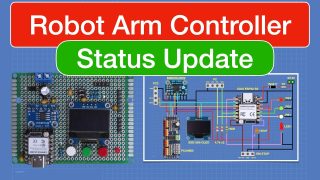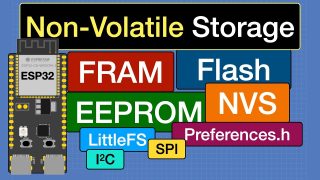Op-Amps – Using Operational Amplifiers
Op-amps are like analog building blocks; you can create almost anything with them. Today, we’ll learn how to use these versatile components, alone and with an Arduino.
Article with code: https://dronebotworkshop.com/op-amp
More articles and tutorials: https://dronebotworkshop.com
Join the conversation on the forum: https://forum.dronebotworkshop.com
Subscribe to the newsletter and stay in touch: https://dronebotworkshop.com/subscribe/
Operational Amplifiers, or “op-amps,” were initially designed for use in analog computers back in the 1940s. In fact, the “operational” in the name is a reference to the op-amp’s ability to perform mathematical operations on voltages, which is how analog computers represent numbers.
Op-amps have been available in integrated circuit (IC) format for nearly 60 years and have become a vital component in analog electronic design. There are two reasons for their popularity:
1 – They are versatile – Op-amps can be configured into dozens of basic circuits.
2 – They are inexpensive – Op-amps are pretty cheap! One of the devices we will look at today costs about 10 cents per op-amp.
You can also use operational amplifiers to “glue” analog and digital electronics; in fact, one of the demos today uses an op-amp with an Arduino.
Aside from that, we’ll also learn how op-amps work, how to configure them into several basic “analog building block” circuits, how to build a light-sensitive switch using them, and how to turn a single power supply into a dual one using an op-amp.
Here is the Table of Contents for today’s video:
00:00 – Introduction
02:20 – Operational Amplifiers
12:14 – Popular Op-Amps
16:17 – Op Amp Basic Circuits Hookup
18:32 – Voltage Follower (Buffer)
21:03 – Inverting Amplifier
22:36 – Non-Inverting Amplifier
24:06 – Low-Pass Filter
25:53 – High-Pass Filter
27:33 – Square & Triangle Wave Generator
29:22 – Op Amps with Arduino
34:58 – Light-Sensitive Switch
38:00 – Single to Dual Power Supply
42:13 – Conclusion
One other thing to note is that “classic” components, like op-amps, didn’t seem to be affected by the global chip shortage. One more reason to consider using them in your designs!
Hope you enjoy the video.
Bill
source











